Advancements in Adaptive P.E.
In the hallway on May 2, senior Josh Roush rides the new tricycle. It was not the senior’s first time on a tricycle. “[Roush] just nailed it,” said to Rohlfing.
May 13, 2019
The Adaptive Physical Education program got a new addition to their equipment. It’s a tricycle, but it’s not like the ones that may come to mind. This blue machine was classified as an “adult tricycle,” which is fitting because paraprofessional Joey Quigley tested it once it was built.
“You can get them a variety of places. The trick was to get one that didn’t have speeds,” said special education department head teacher Pamela Rohlfing.
Rohlfing said that many kids with disabilities struggle with balance. This makes traditional bicycles difficult to ride because they require core muscles and balance. The tricycle gives students a way to exercise with little pressure on their joints. Despite the tricycle being a way for the students to build muscle and get stronger, it is also a way for them to build confidence.
“Quite a few of our kids have never even been on any kind of bicycle, so it’s super fun,” said Rohlfing.
An important aspect of the tricycle is that it has handbrakes. The handbrakes allow the teacher next to the tricycle to have control over stopping. However, this did not slow down senior Josh Roush.
Roush got to use the tricycle before graduating this year. He said he looked forward to coming to class and riding it and that he rode really fast and was able to work the handbrakes by himself. According to Rohfing, he looked good in the helmet too.
Both adaptive classes have access to their own bike. They can be used inside the gym and hallways or outside. As Rohlfing said, it is “super fun.”


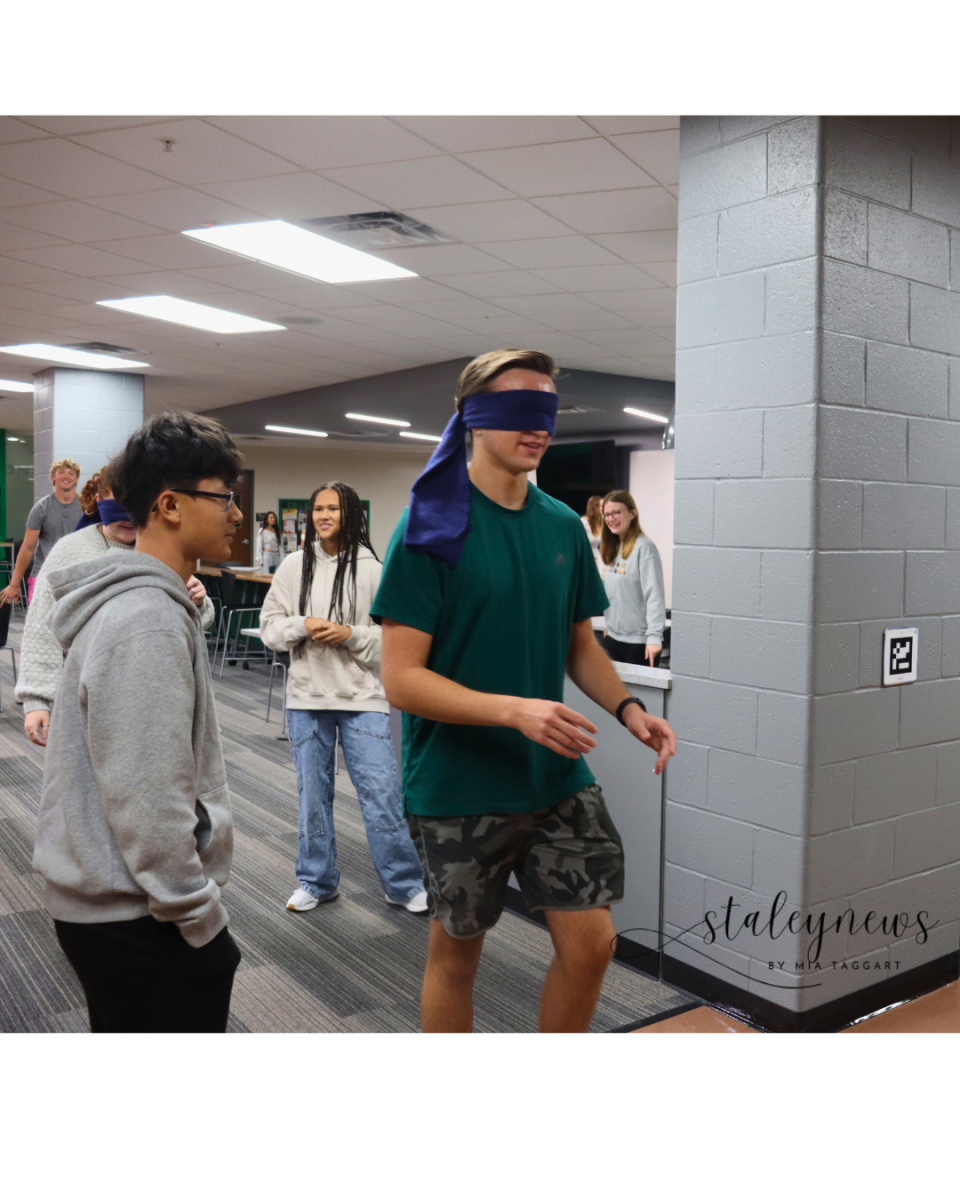


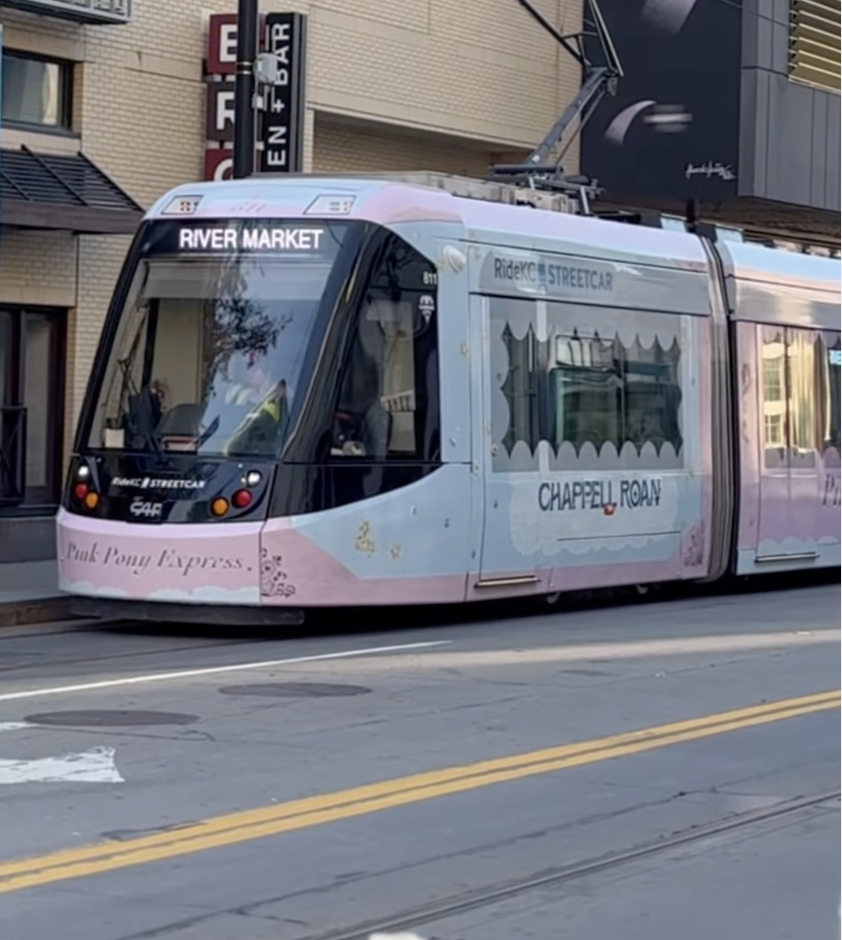
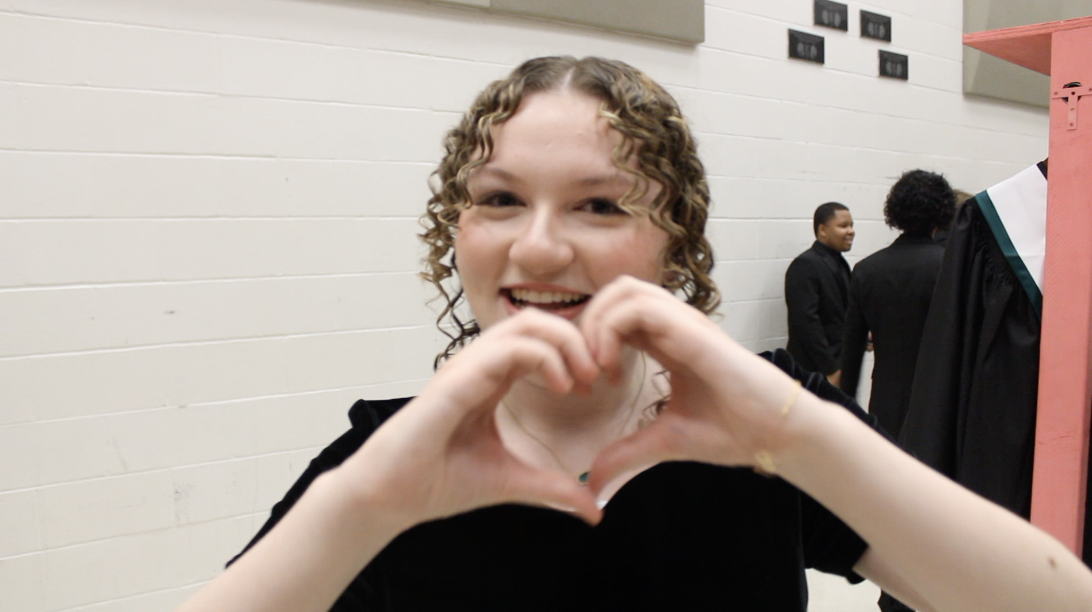
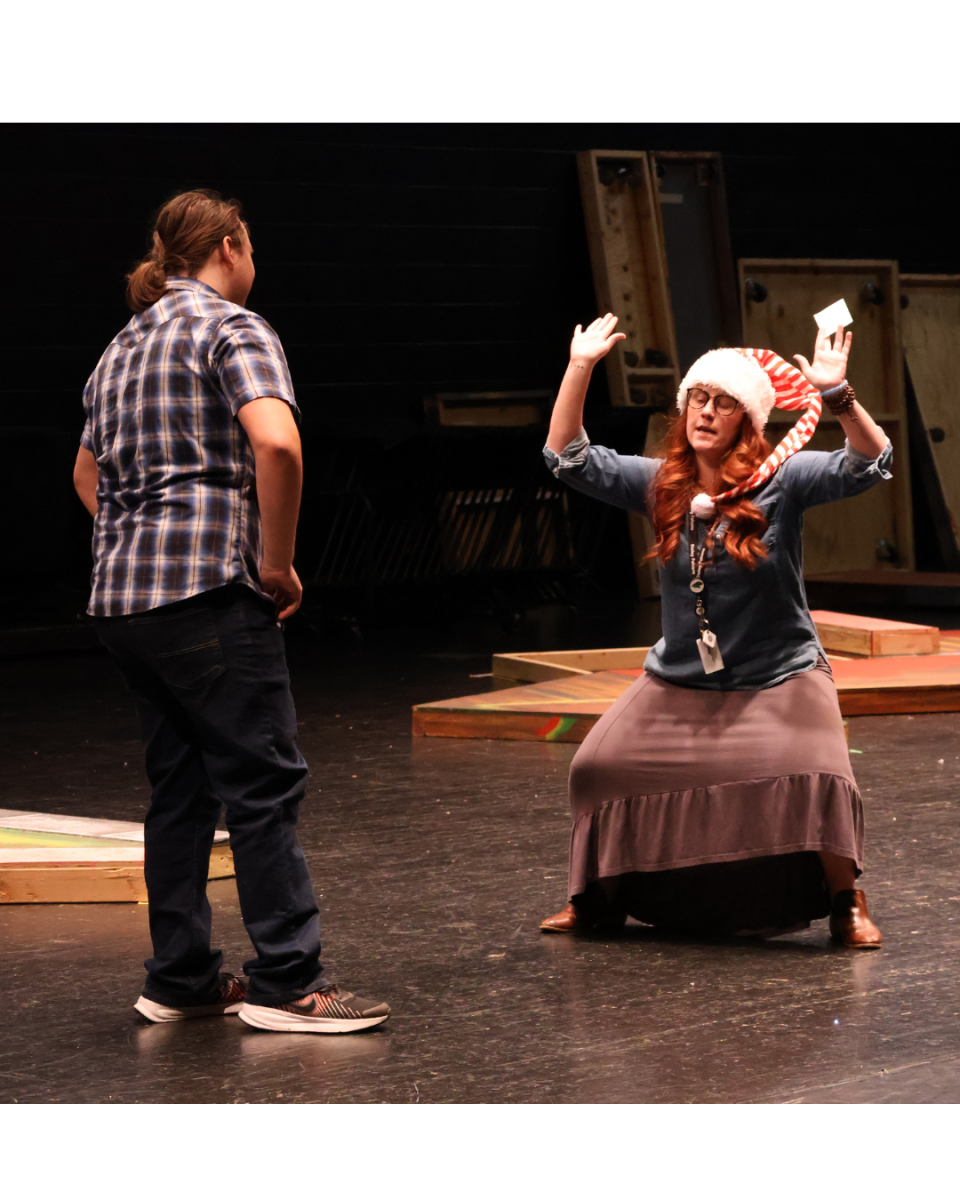
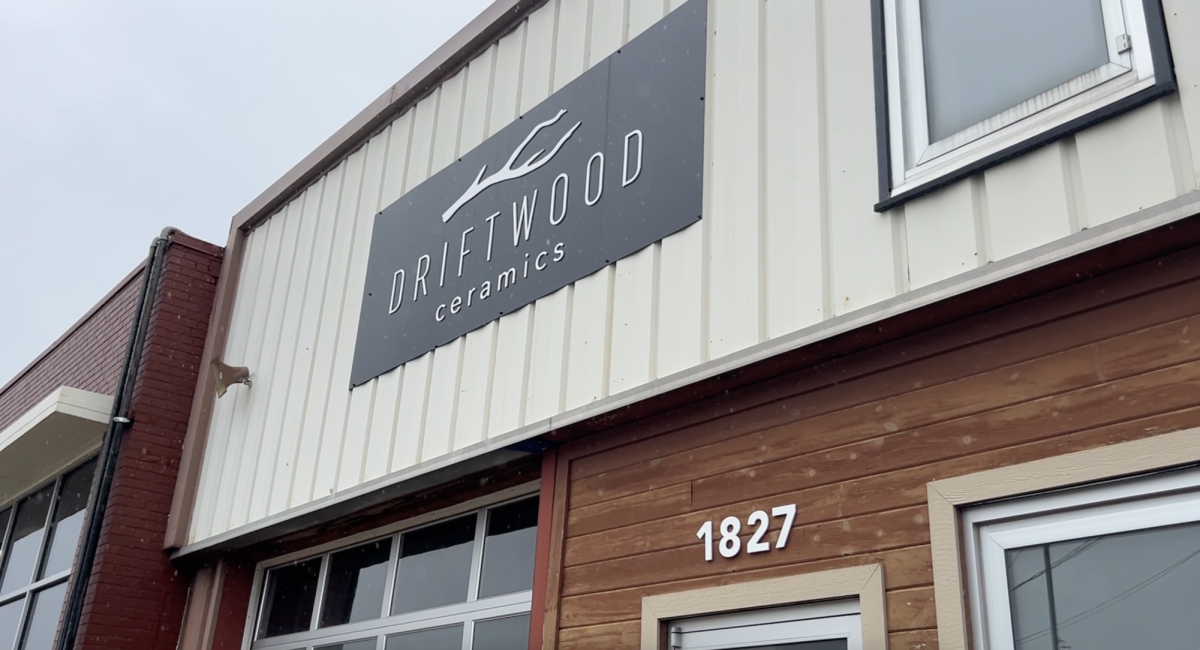







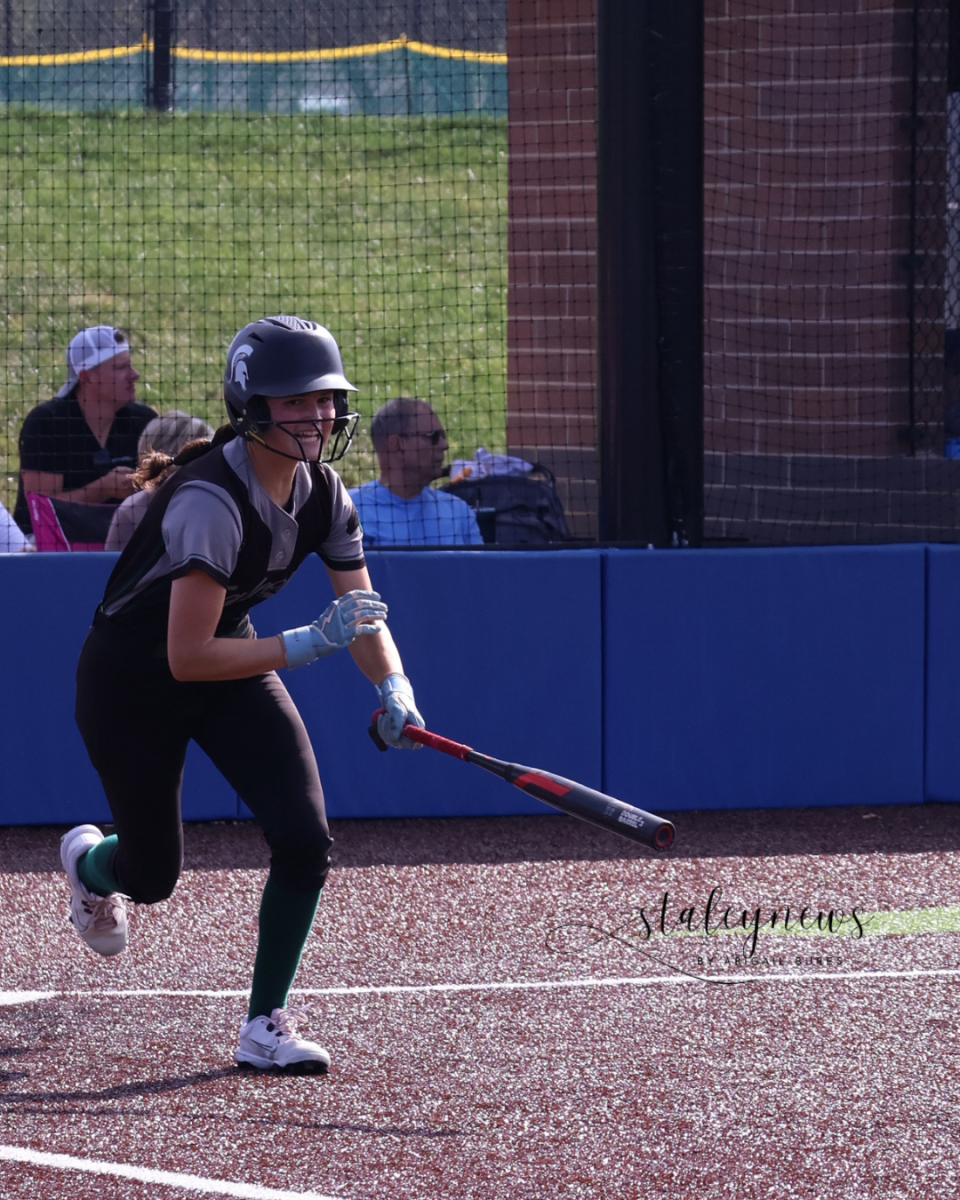
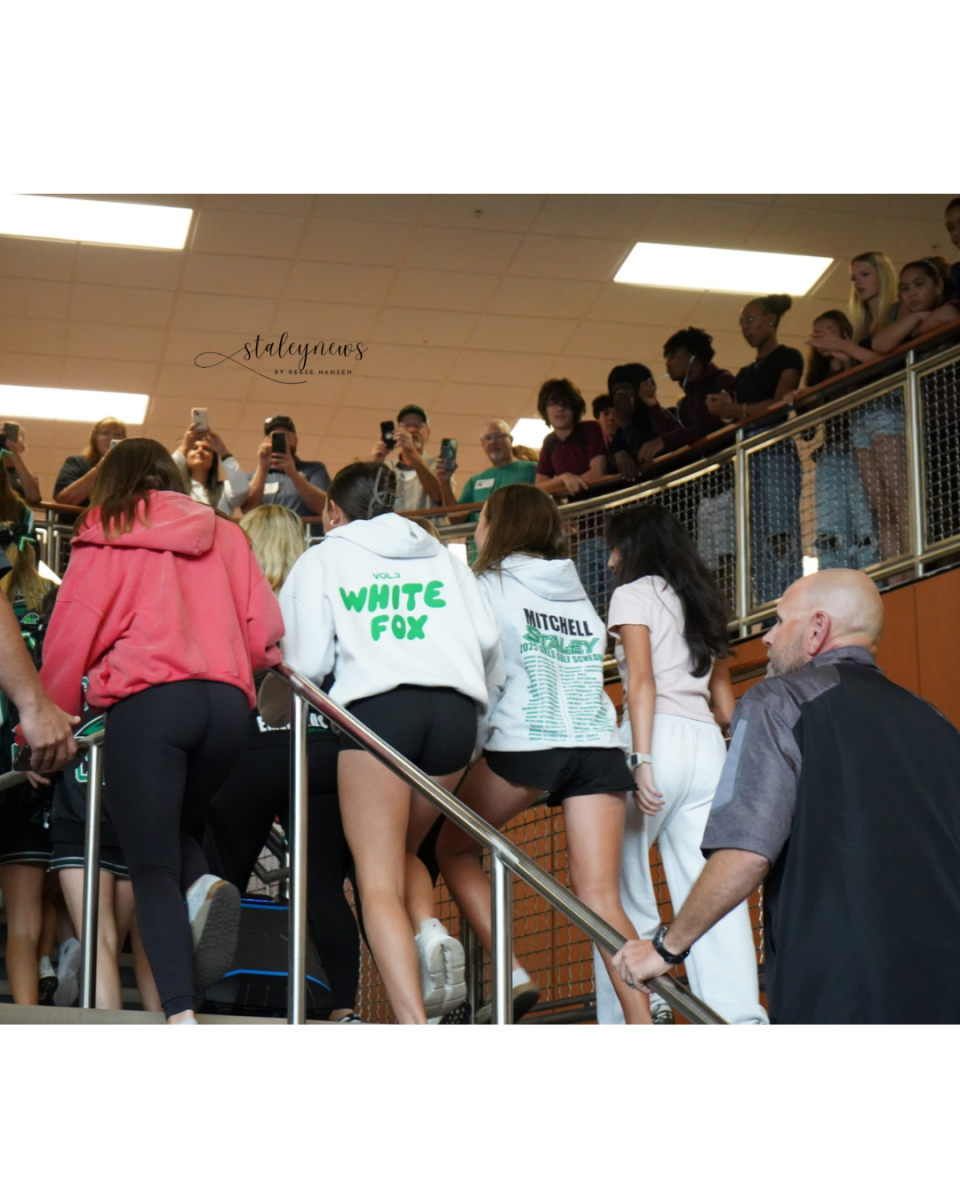
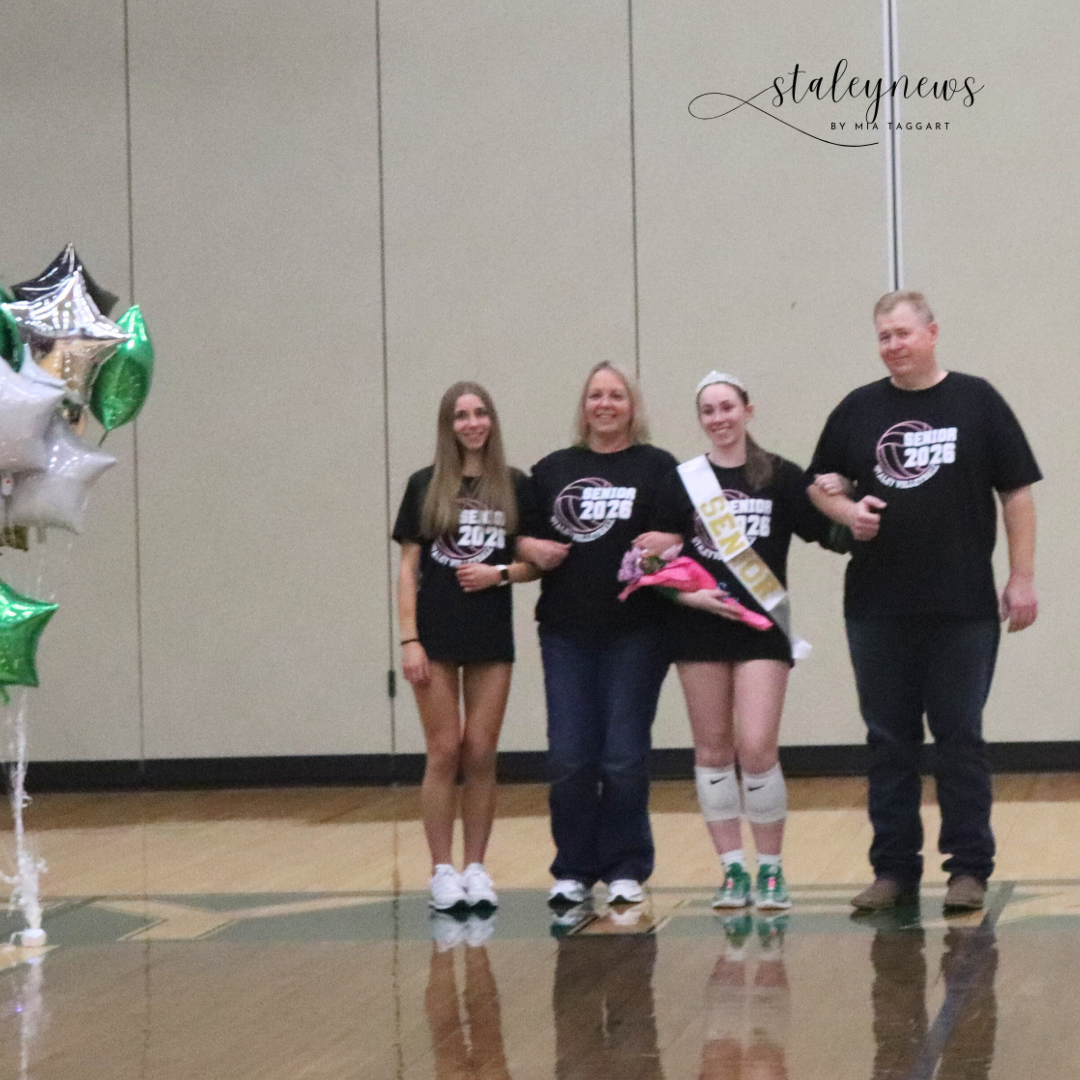

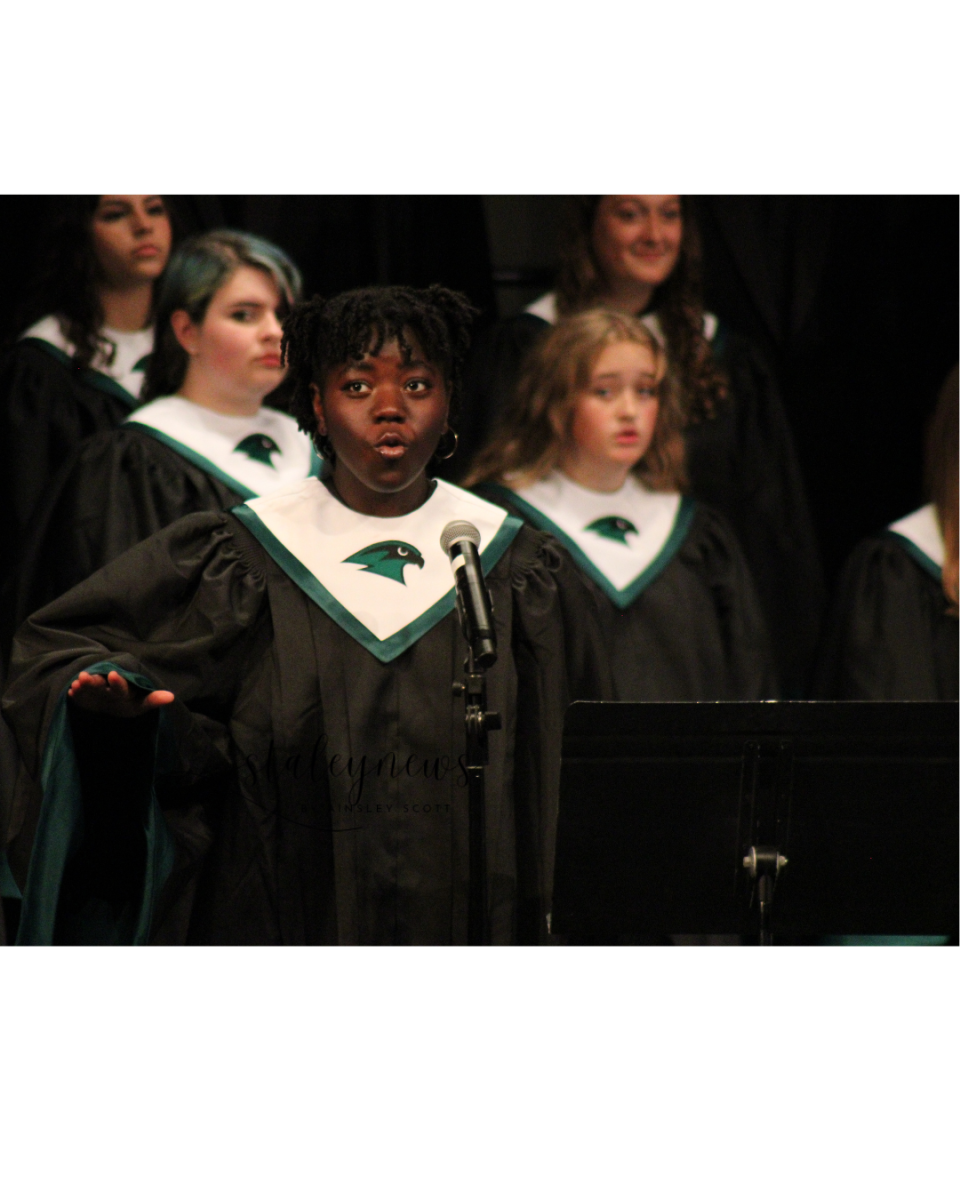
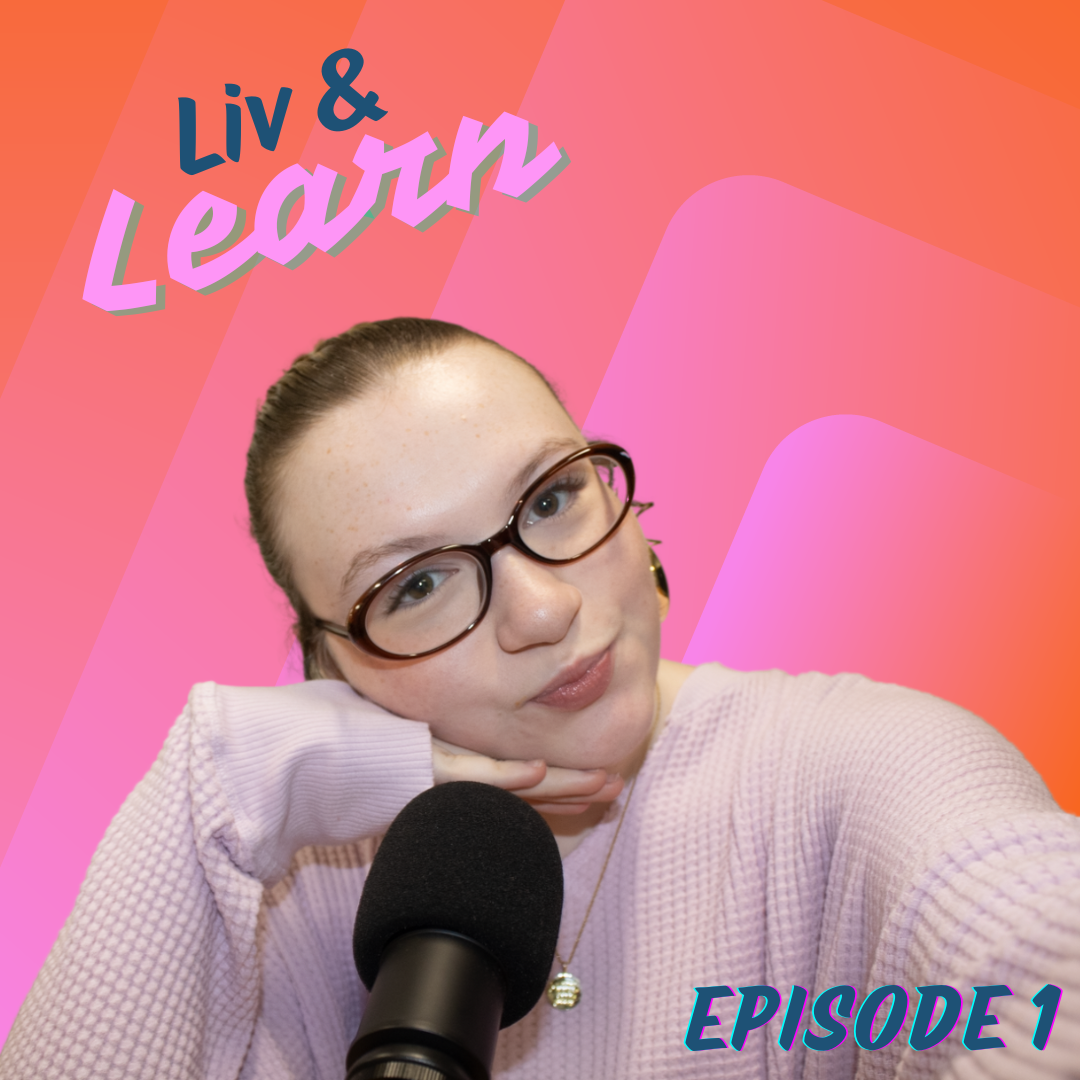

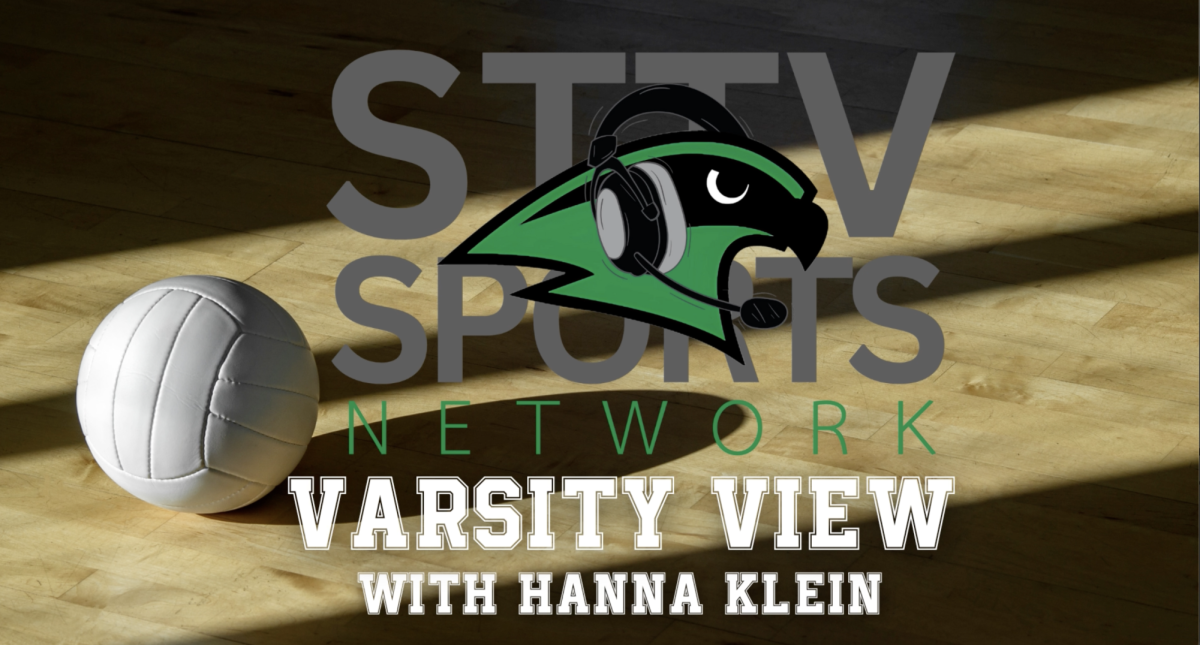


![In the hallway on May 2, senior Josh Roush rides the new tricycle. It was not the senior’s first time on a tricycle. “[Roush] just nailed it,” said to Rohlfing.](https://staleynews.com/wp-content/uploads/2019/05/Roush-608x900.png)